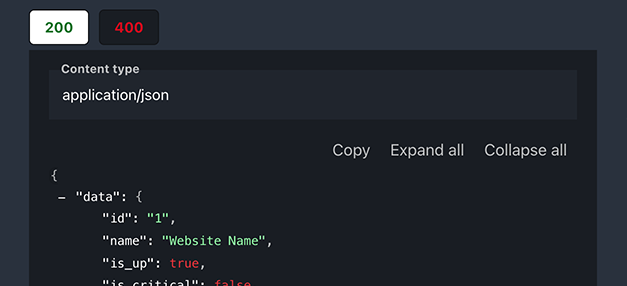Frequently asked questions
How can I get alerted when my website goes down?
To get alerted when your website goes down, simply sign up for our service, enter your website URL, and we'll start monitoring it every 30 seconds from multiple locations worldwide. If we detect any issues, we'll send you instant alerts via email, SMS, WhatsApp, Discord, or Slack.
How often do you check my website?
We monitor your website every 30 seconds from multiple locations around the world to ensure maximum reliability and quick detection of any issues.
What types of incidents can you detect?
We can detect various incidents including HTTP errors, timeouts, SSL certificate issues, DNS problems, and more. Our system is designed to catch a wide range of potential issues that could affect your website's availability.
How do you prevent false positives?
To prevent false positives, we conduct triple tests from different geographic locations when we suspect an issue. You only receive an alert if all three secondary checks detect a problem.
What notification methods are available?
We offer multiple notification methods including email, SMS, WhatsApp, Discord, and Slack. You can choose the method that works best for you or use multiple methods for redundancy.
Do I need to install anything on my website?
No, you don't need to install anything. Simply provide your website URL, and we'll handle the rest. Our monitoring system works externally without requiring any changes to your website.
Can I monitor multiple websites?
Yes, you can monitor multiple websites from a single account. Each website can have its own monitoring settings and alert preferences.
What kind of reports do you provide?
We provide automated uptime monitoring reports on a daily, weekly, or monthly basis. These reports include various metrics about your monitored websites and can be customized with your company's colors and logo.
How do you help with troubleshooting?
We provide detailed information for troubleshooting, including error screenshots, error types, response times, response bodies, response headers, and traceroutes. This helps you quickly identify and resolve the root cause of any issues.
How reliable is your monitoring service?
Our service is engineered for high reliability. We operate across two datacenters to eliminate single points of failure, ensuring that our monitoring continues even if one datacenter experiences issues.




















